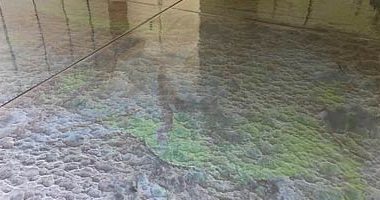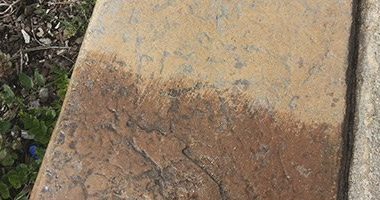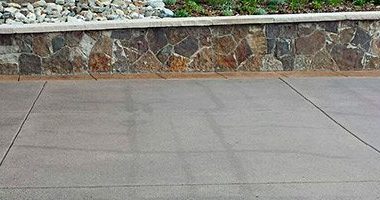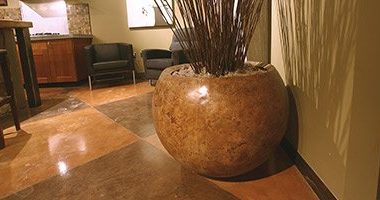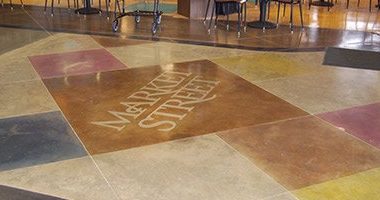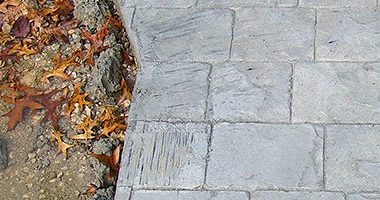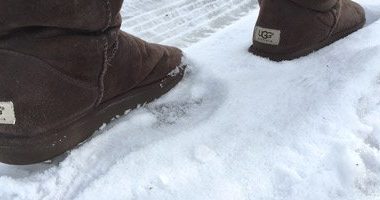What’s new in decorative concrete? That was a popular question that came my way multiple times during the recent World of Concrete. I realize my name is out there, but I’m a long way from having a crystal ball to be able to predict what the future of our industry holds.
Author: Chris Sullivan
How to Seal Concrete for a Uniform Appearance
This issue of blotchy and inconsistent color and gloss created by a sealer is not that uncommon. There are multiple factors that can create this appearance, but the two most common are application — how the sealer was applied — and surface — what the sealer is being applied to in regard to density and porosity.
Use of Penetrating Sealers on Concrete is on the Rise
The decorative industry grew up on the “one size fits all” high-gloss sealer which was the go-to coating for decades. While high gloss is still widely used, low-gloss and natural finishes in the decorative concrete industry have been gaining momentum as homeowners, architects and designers seek more ecofriendly, green and natural-looking sealing options.
Don’t Let Ghosting Haunt Your Concrete Work
My contractor placed blue painter’s tape on the concrete for a few days to mark the placement of cabinetry. The tape was removed and the concrete was sealed with two coats of 25 percent solids acrylic sealer and two coats of acrylic finish. A few days later the concrete was discolored and had evidence of where the tape had been placed. No surface damage to the concrete was evident.
Why Concrete Sealers May Leave a Lingering Odor
Is it possible to smell sealer months after application? Someone asked me this regarding a stained and sealed floor in a Colorado residence.
Decorative Overlays Exhibit Various Types of Cracking
In a recent week, I’ve had two overlay projects with cracking. The first project had lots of short random cracks, the longest about 3 inches long. We noticed them the afternoon of the same day the overlay was applied.
Environmental Issues Can Impact Exterior Acid-Stain Projects
Acid-stained concrete has been popular for decades. The process of acid staining is well documented, as are the key precautionary items to look for before and during application. Thanks to real-world experience, continuing education and better specifications, issues with acid stains have been greatly reduced.
How the LEED Program Works and Getting Certified
Whether you realize it or not, the decorative concrete industry is firmly involved in the green building movement. Manufacturers are developing more water-based stains, sealers and color systems. Installers are offering low-VOC options to clients.
How to Avoid Streaks When Using Colored Release Powder When Stamping Concrete
Colored release powder is a blend of pigments and hydrophobic (water-resistant) powders. Release powder’s primary purpose is to allow stamping tools to release cleanly from the concrete surface without sticking.
Slip and Fall Protection and Friction on Concrete Floors
How to define slipperiness and the test methods used to evaluate the slipperiness of sealers and coatings.
